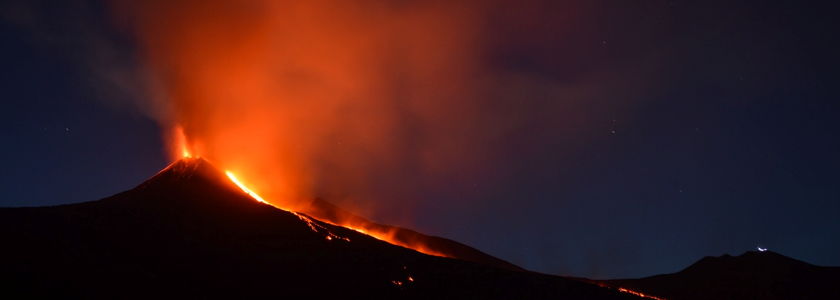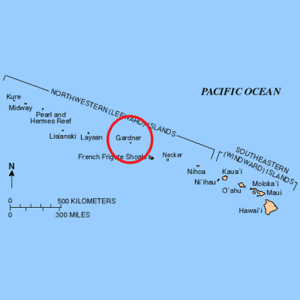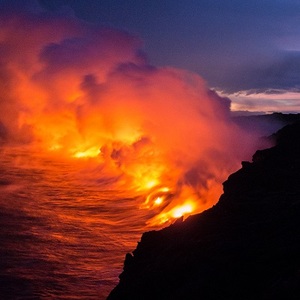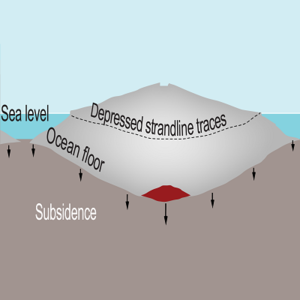

The Hawaiian islands are a land of both
picturesque beauty and powerful geological forces. These
islands were formed as the tectonic Pacific Plate slowly moved over a
hotspot in the Earth's mantle, forming new volcanoes as it moved.
Today, the southeasternmost islands of Maui and Hawaii are the most
volcanically active and also the youngest geologically. Up until recently, it was thought that Mauna Loa, on the island of Hawaii, was the
largest volcano on Earth, by total volume. However, a 2020 study from scientists at the University of Hawaii at Mānoa has found that an older, extinct volcano, Pūhāhonu,
is actually the world's largest.
Using sonar and gravity
detectors, the research team was able to map in detail the entirety
of Pūhāhonu, from the two small peaks poking above the water, called
the Gardner Pinnacles, to the deepest parts embedded within the
Earth's crust. They found that the total volume of Pūhāhonu is
around 36,000 cubic miles (150,000 cubic km) of rock. This makes it
more than twice the size of the previous record holder, Mauna Loa.
Only about 30% of the volcano's volume is visible above the seabed.
The remaining 70% is so massive it has caused the Earth's crust to
deform into a bowl shape, since its formation 12 to 14 million years
ago.
Pūhāhonu also holds another record as having contained
the hottest magma of any volcano on Earth. In examining the rocks,
the research team looked at the mineral olivine, one which
crystallizes as the magma cools. By looking at the composition of the
olivine, the team found the magma once had a temperature of 3,100
degrees Fahrenheit (1,700 degrees Celsius) when it erupted.


